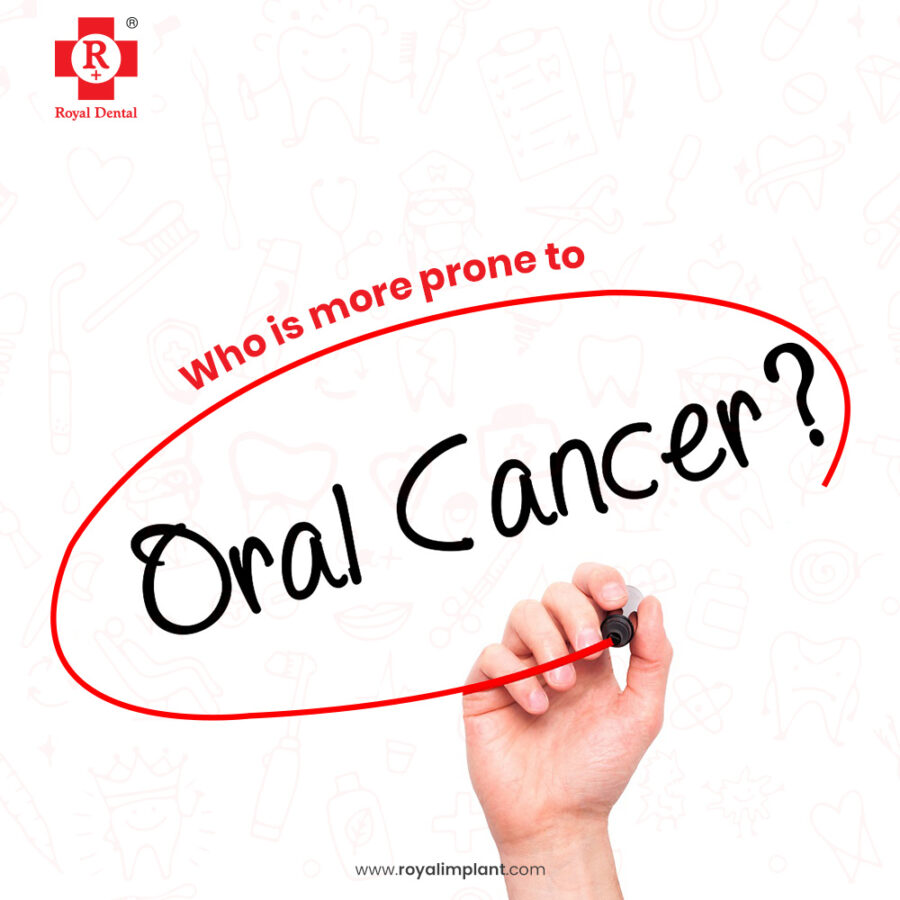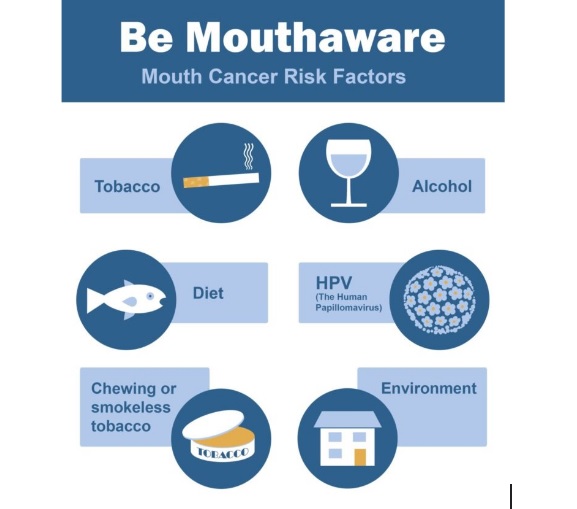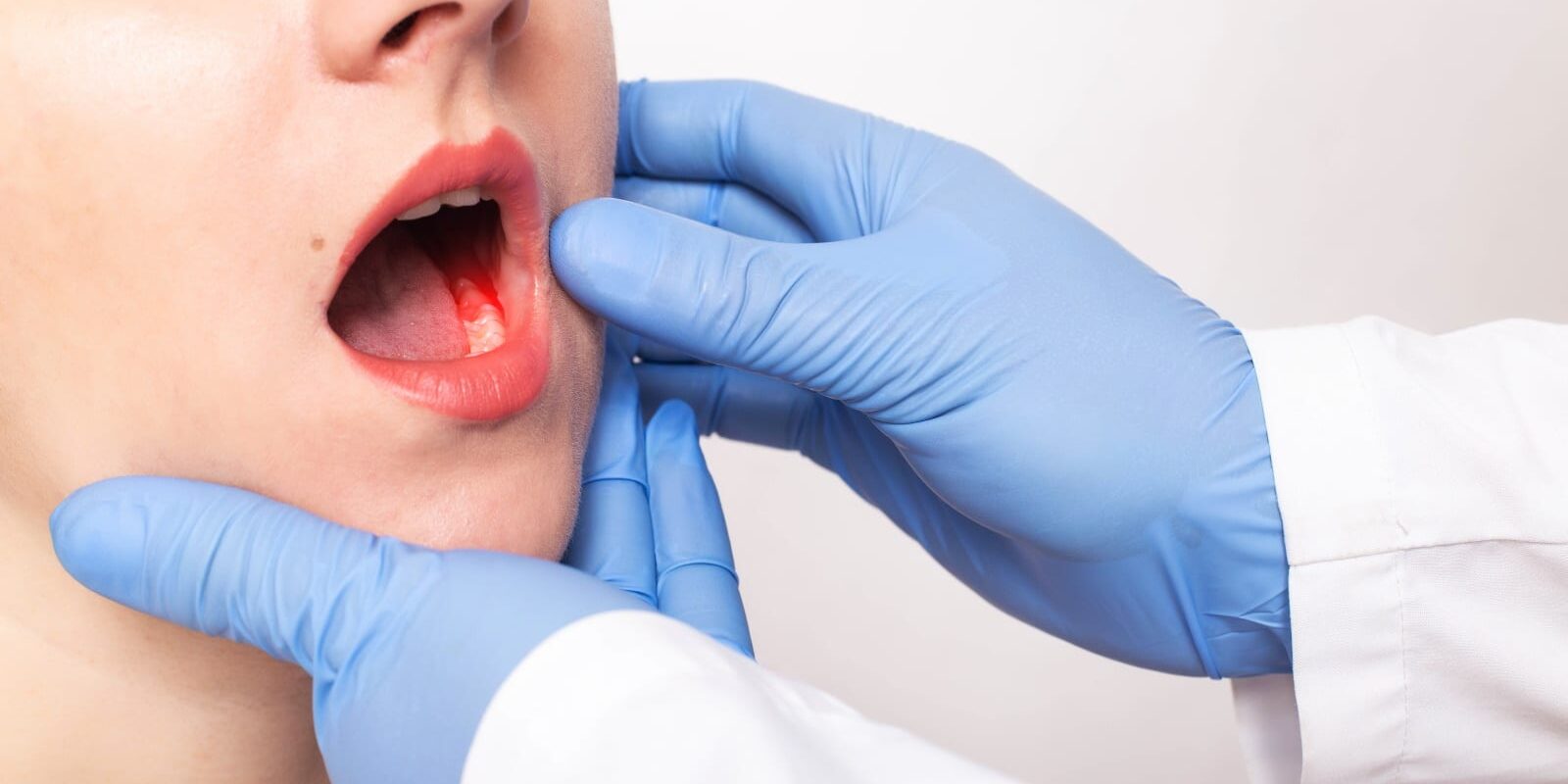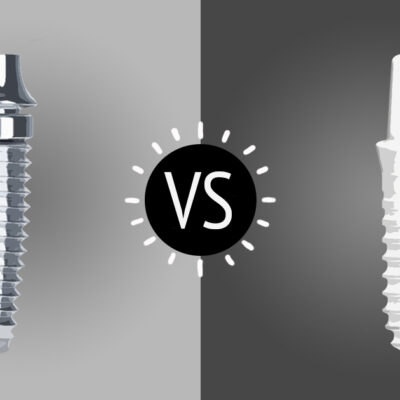At first glance, seeing bumps on the roof of your mouth might not seem like a big deal. After all, everyone has tonsils and palatine tonsils. What could be so bad about a couple little lumps located at the back of your throat? They’re hardly noticeable, right? The answer is: It depends. Those little lumps could be nothing or they could be pre-cancerous or cancerous growths called palatine tonsil hyperplasia. This can range from being a rather easy and noninvasive procedure to remove them to something more invasive with risks and complications from surgery. Knowing what these bumps on the roof of your mouth mean is important. lets read more about oral or mouth cancer.
Are these bumps on the roof of my mouth harmless?
The short answer is no. While many people with palatine tonsil hyperplasia have no symptoms, others experience throat pain, difficulty swallowing, or difficulty breathing. It’s important to keep in mind that not all bumps on the roof of the mouth are palatine tonsil hyperplasia. If you’re experiencing symptoms, you should visit an ear, nose, and throat (ENT) doctor for an evaluation.

If your doctor diagnoses you with palatine tonsil hyperplasia, he or she will likely recommend removing the hyperplasia. There are also cases where a doctor may prescribe medications to treat palatine tonsil hyperplasia. Since it’s impossible to know what type of hyperplasia you have without a biopsy, it’s best to err on the side of caution.
Mouth and cancer
Your mouth is made up of sensitive tissues and is affected due to the slightest change that happens in the body. The bump on the roof of your mouth is something to be worried about if it does not go away in a short span. It is caused due to a wide variety of reasons, from something as simple as tissue trauma to more grave ones like oral cancer. Gladly, most of the root causes are treatable. The roof of the mouth is divided into two parts, hard and soft palate. The severity depends on placement and growth of bumps on the mouth roof. Let’s discuss each with their treatment plan as well.

What causes bumps on the roof of your mouth?
The palatine tonsils are the two small lumps of tissue located at the back of the throat. They serve as lymph nodes that help the body fight infections. As pathogens like bacteria enter the mouth and travel through the pharynx, tonsils trap and kill them before they reach the body.
As the tonsils kill more and more pathogens, they can grow larger. When the tonsils grow too big, they can cause palatine tonsil hyperplasia. Hyperplasia refers to an increase in the number of cells in a tissue. In this case, an increase in the number of cells in the tonsils causes them to grow larger and take up more space in the mouth.
Doctors aren’t sure what causes palatine tonsil hyperplasia, but they do know that certain factors increase the risk of developing it. Risk factors include:
Injury causing mouth cancer
A minor injury such as a cut, puncture, or irritation (e.g., from dentures or braces) can cause scar tissue to form on the inside of your mouth, which may feel raised or bumpy
Sever Dehydration for cancer
Dehydration or an electrolyte imbalance can occasionally cause a bump on the roof of the mouth. Your mouth may also feel dry and sore.

Cold sores in mouth
Cold sores, also known as fever blisters, caused by the herpes virus HSV1. They’re small, painful blisters that usually appear around the lips. The virus lives in the mouth and can cause sores to appear on the gums, tongue, or on the roof of your mouth. Cold sores are highly contagious, so it’s important to avoid kissing and sharing utensils, cups, towels, and toothbrushes with others until the cold sore is completely healed.
Canker sores causing mouth cancer
Canker sores are round, white ulcers of the mouth that usually appear on the soft tissue near your teeth or on the roof of your mouth. Unlike cold sores, canker sores aren’t contagious and usually go away within a couple of weeks.
Epstein pearls
Epstein pearls are small white or yellow bumps found on the roof of your mouth or along your gums. They’re benign, painless, and often disappear within a couple of weeks without any treatment. However, it’s recommended to seek treatment for epstein pearls if they become painful.

Benign tumors or oral cysts
Benign, or noncancerous, tumors are growths that can affect any area of the mouth. While they may be irritating, they are unlikely to spread. Benign tumors are most often caused by constant irritation or viruses.
Oral cancer in mouth
Oral cancer is usually found on the mouth or lips, but in some cases, oral cancer can attack the salivary glands, which may cause a painful bump on the roof of your mouth. Symptoms of oral cancer include sores that bleed and don’t heal, thick mucus, and jaw pain. Tobacco users who notice these symptoms should contact a doctor right away.
Could bumps on the roof of my mouth be cancer?
While it’s impossible to know for sure, the short answer is yes. It’s important to keep in mind that tonsillectomies are very common procedures. There are also many different types of tonsillectomies, each with its own set of pros and cons. In some cases, tonsillectomies can be very simple procedures done in the office without any general anesthesia. In other cases, tonsillectomies are more complex procedures that require general anesthesia.

Because tonsillectomies are a relatively common procedure, it’s important to know that there’s a chance you could develop palatine tonsil carcinoma. It’s also important to know that tonsillectomies aren’t 100% effective at preventing palatine tonsil carcinoma. That’s because tonsillectomies aren’t designed to remove all of the infected tonsil tissue. After all, tonsils are there to trap and kill pathogens. If tonsillectomies were 100% effective at removing tonsils, they wouldn’t be very helpful at fighting infections.
Conclusions
Bumps on the roof of your mouth are usually caused by enlarged tonsils and are most commonly seen in children and adolescents. Although they are not harmful, they do make it difficult to swallow and lead to bad breath. Treatment can include antibiotics and removing the tonsils (tonsillectomy).
If you have these bumps on the roof of your mouth, you should have them checked out by a doctor to make sure that there is no infection and nothing serious. The doctor finds nothing to worry about, there is a chance that the bumps will go away. If not, they may need removal of the tonsils. You should also make sure that you are practicing good dental hygiene to prevent any further complications to the area.






